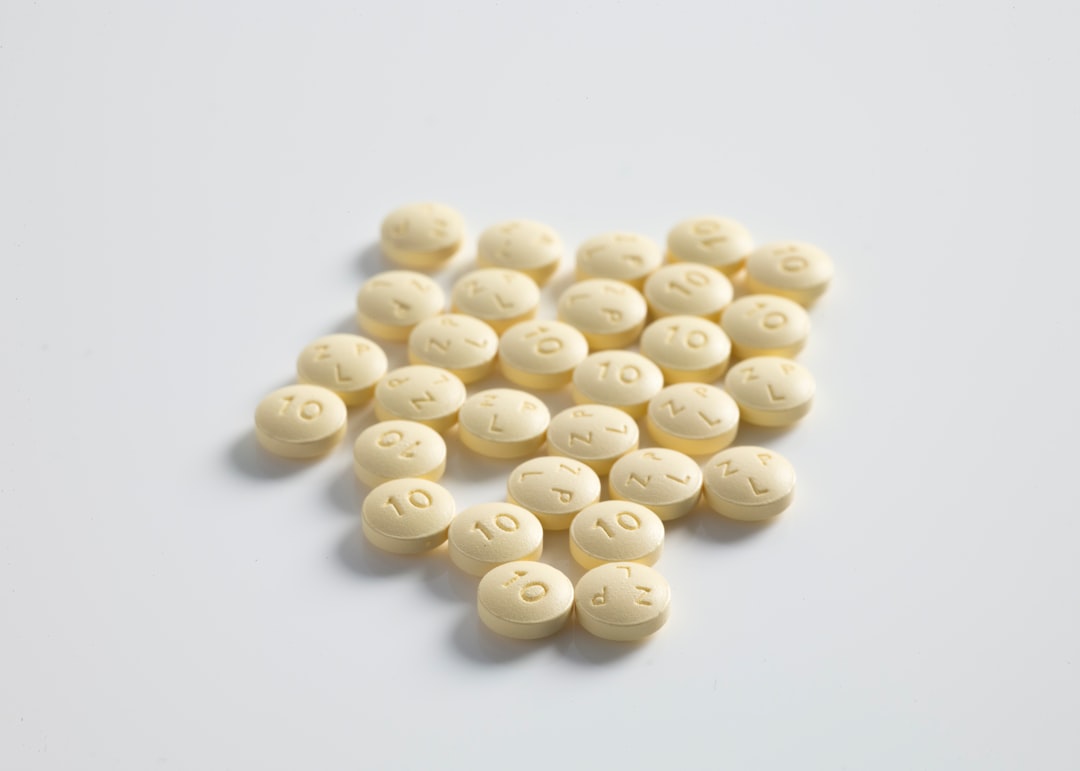What is it about?
Gels are soft solids that are used in daily life. Low molecular weight gels are a fascinating class of gels. These gels have recently gained prominence and found industrial and biological application. They are often studied as single component systems. But the potential of mixed component systems is not well explored. The authors of this article looked into this aspect. They studied the effect of ammonium side chains on multicomponent gels. At low pH, the properties of these gels do not change much. But the properties of gels formed at high pH increase as the chain length increases. The internal arrangement is also altered. The authors also built a system to fine tune the properties of these gels.
Featured Image

Photo by Pawel Czerwinski on Unsplash
Why is it important?
Multicomponent gels are more complex than single component gels. They show a number of features that single component gels do not. This includes pH sensitive bidirectional phase behavior. Multicomponent gels also offer many benefits over single component gels. They have improved and tunable properties. Moreover, their properties can be improved by increasing the length of their side chains. This results in innovative systems, especially ones with opposing phase behavior. KEY TAKEAWAY: Mixing low molecular weight gels allows for creating novel materials with intriguing features. The findings of this study further add to the properties of co-assemblies. Moreover, the developed switchable system enables careful tuning of the properties of multicomponent gels. This study will undoubtedly serve as a guide for the development of novel multicomponent gels.
Read the Original
This page is a summary of: Varying the hydrophobic spacer to influence multicomponent gelation, Chemical Communications, January 2021, Royal Society of Chemistry,
DOI: 10.1039/d1cc02786g.
You can read the full text:
Contributors
The following have contributed to this page










